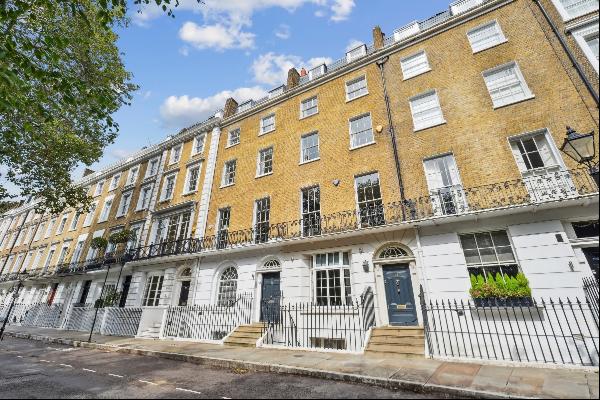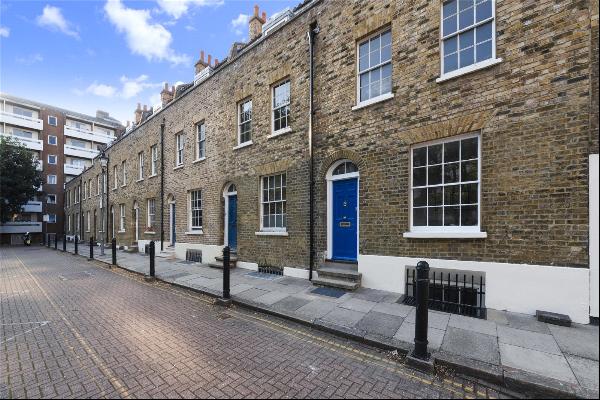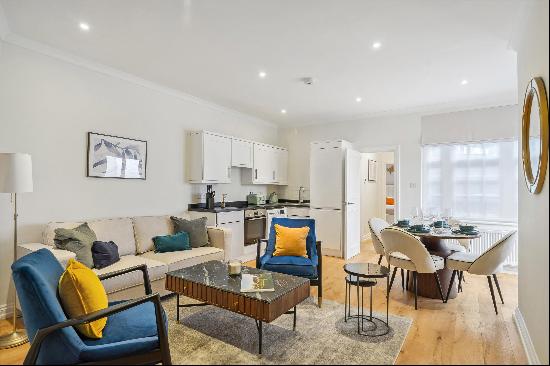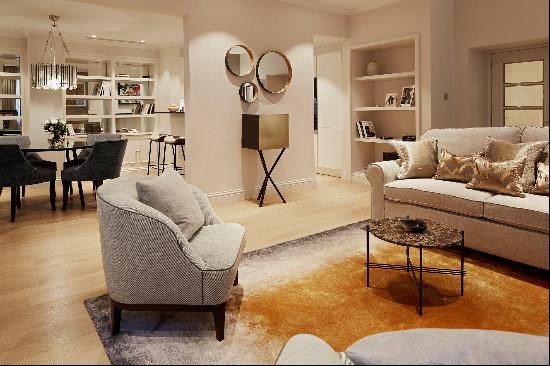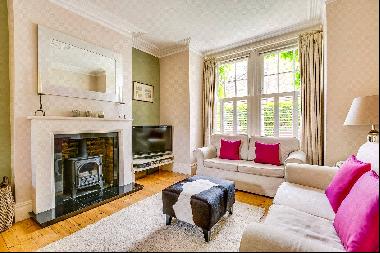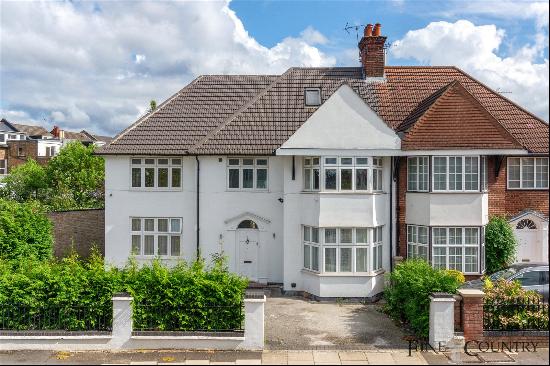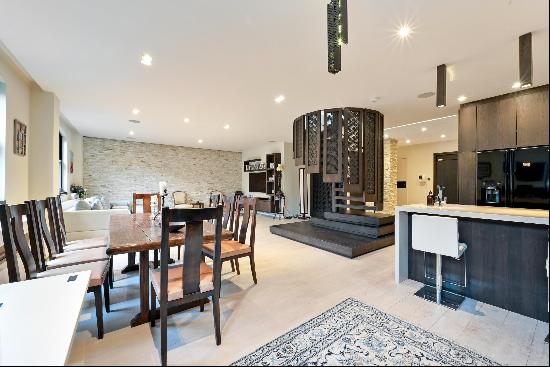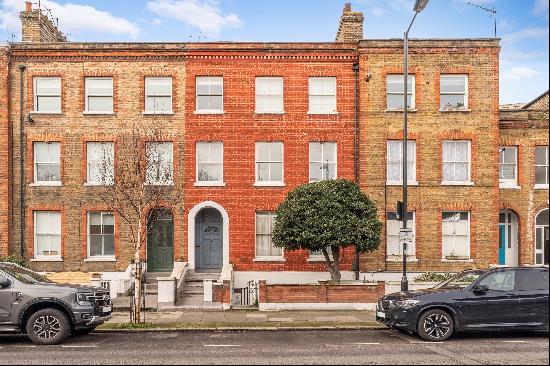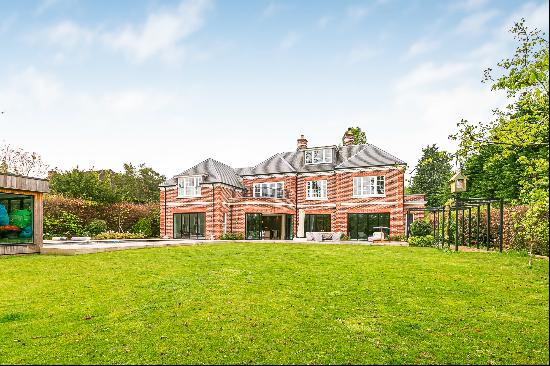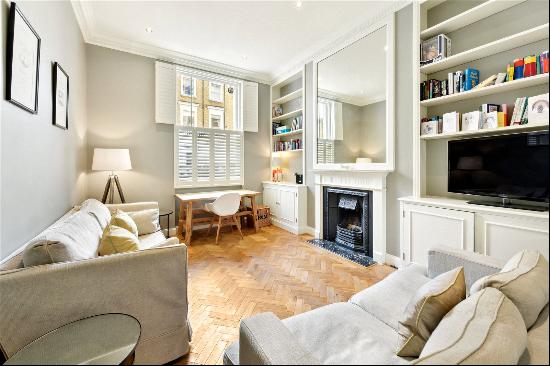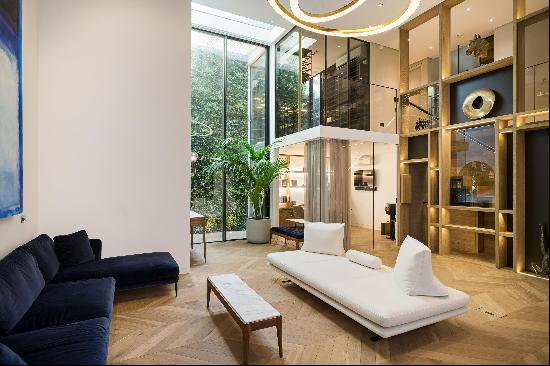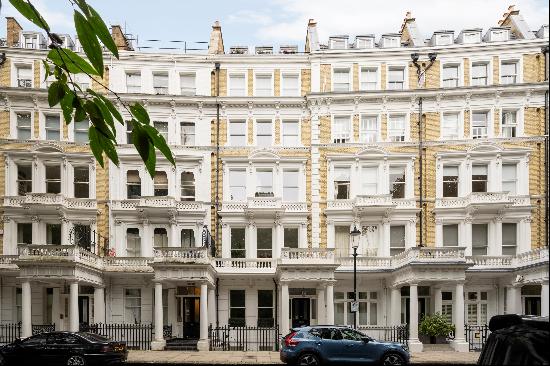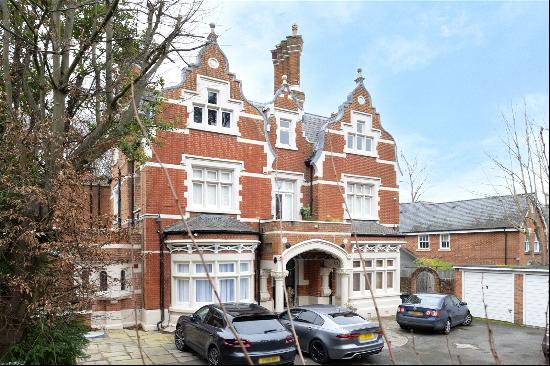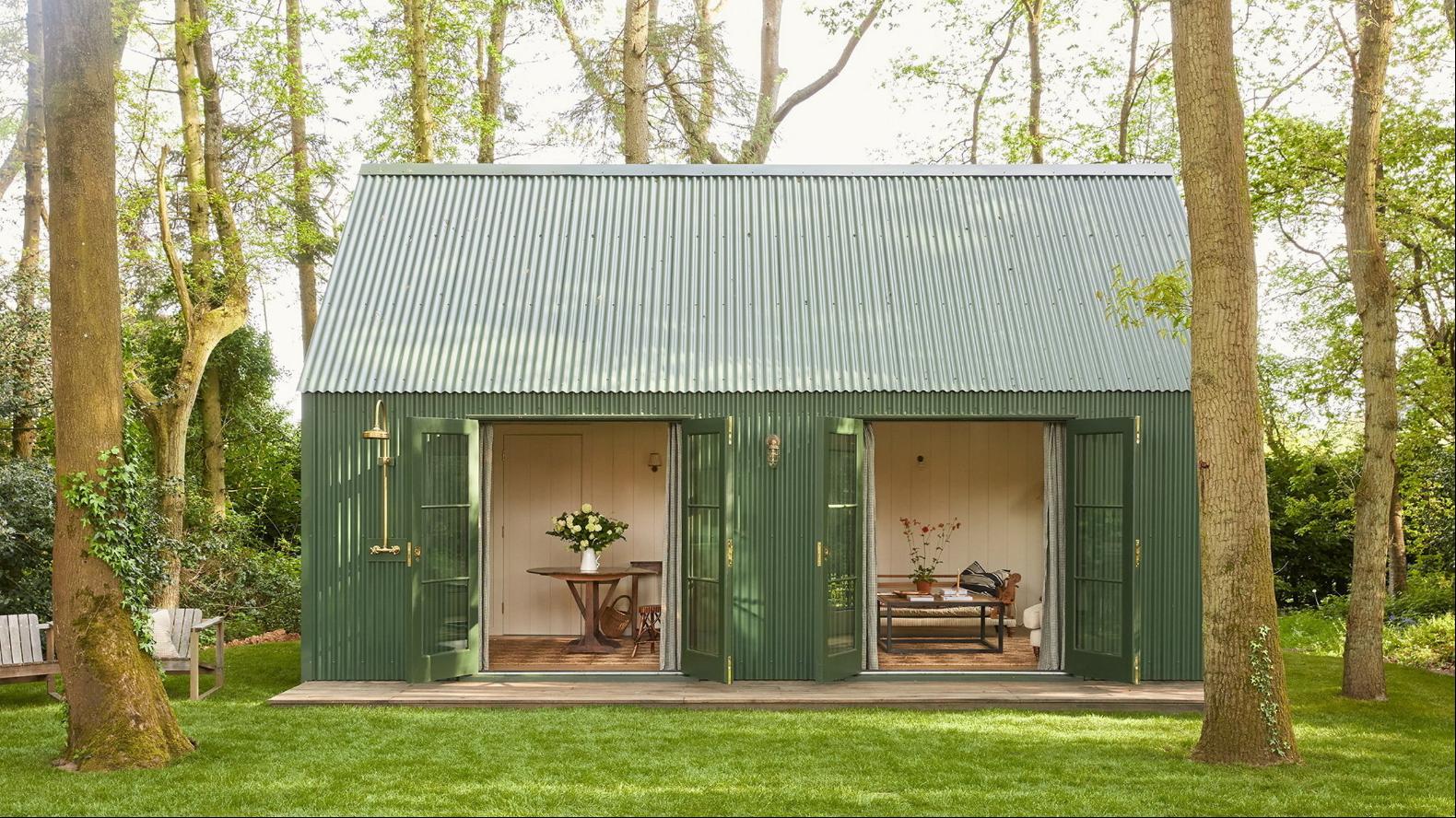
By Koo Akers
Outbuildings are no longer only utilitarian garden sheds. These days they can be beautiful, multifunctional spaces that can transform how you use your home and garden. Whether for work, creativity, accommodating guests or simply for relaxing, a well-designed outbuilding can become one of the best-loved parts of your property.
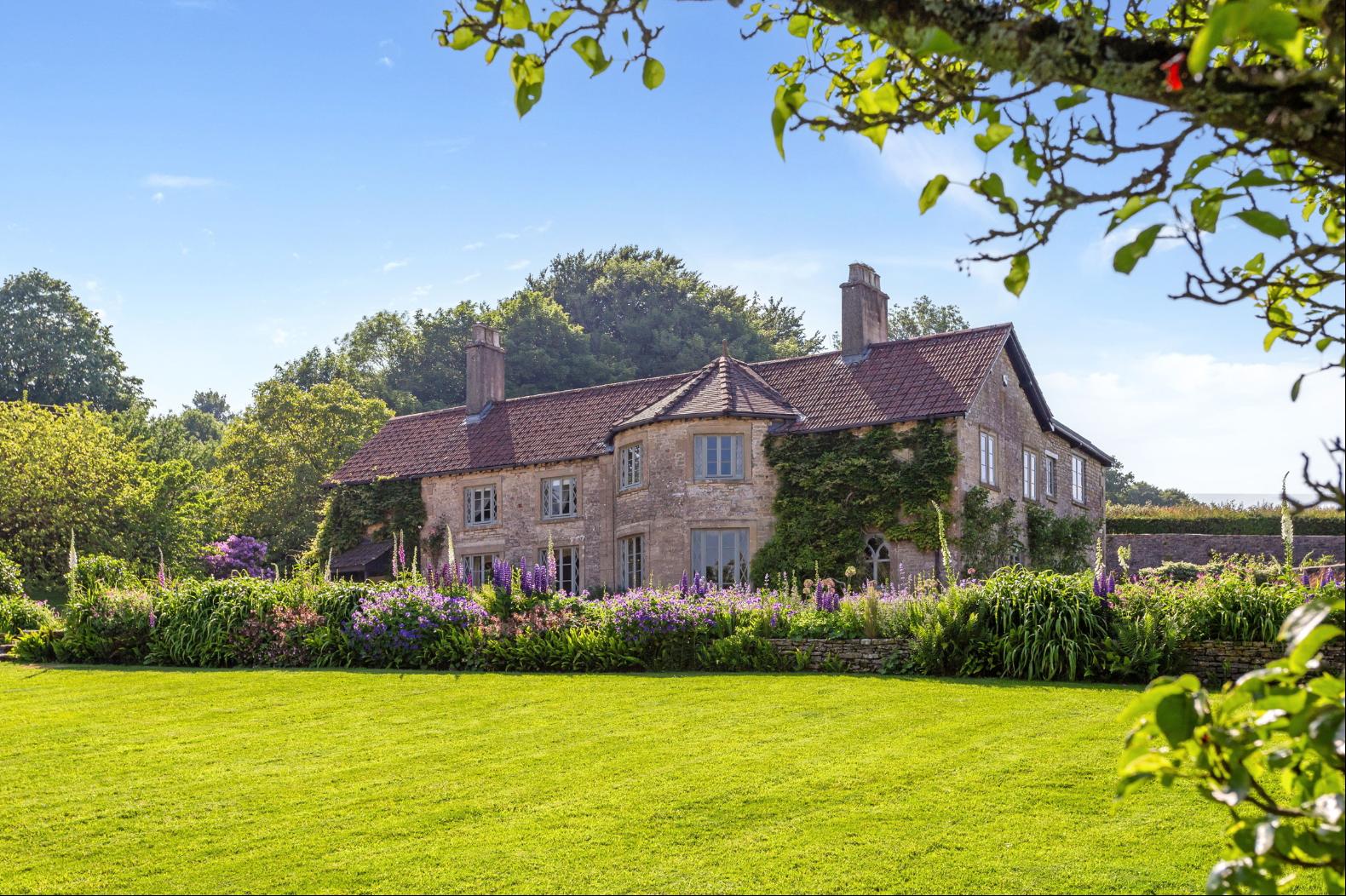
Here, I share some thoughts on how to go about adding an outbuilding to your home, using Greendown House, an impressive seven-bedroom house (on sale for £2.35mn) near the village of Chewton Mendip in Somerset as inspiration. A thoughtfully designed outbuilding here could feel like a natural part of the garden, offering both charm and functionality.
Check planning rules
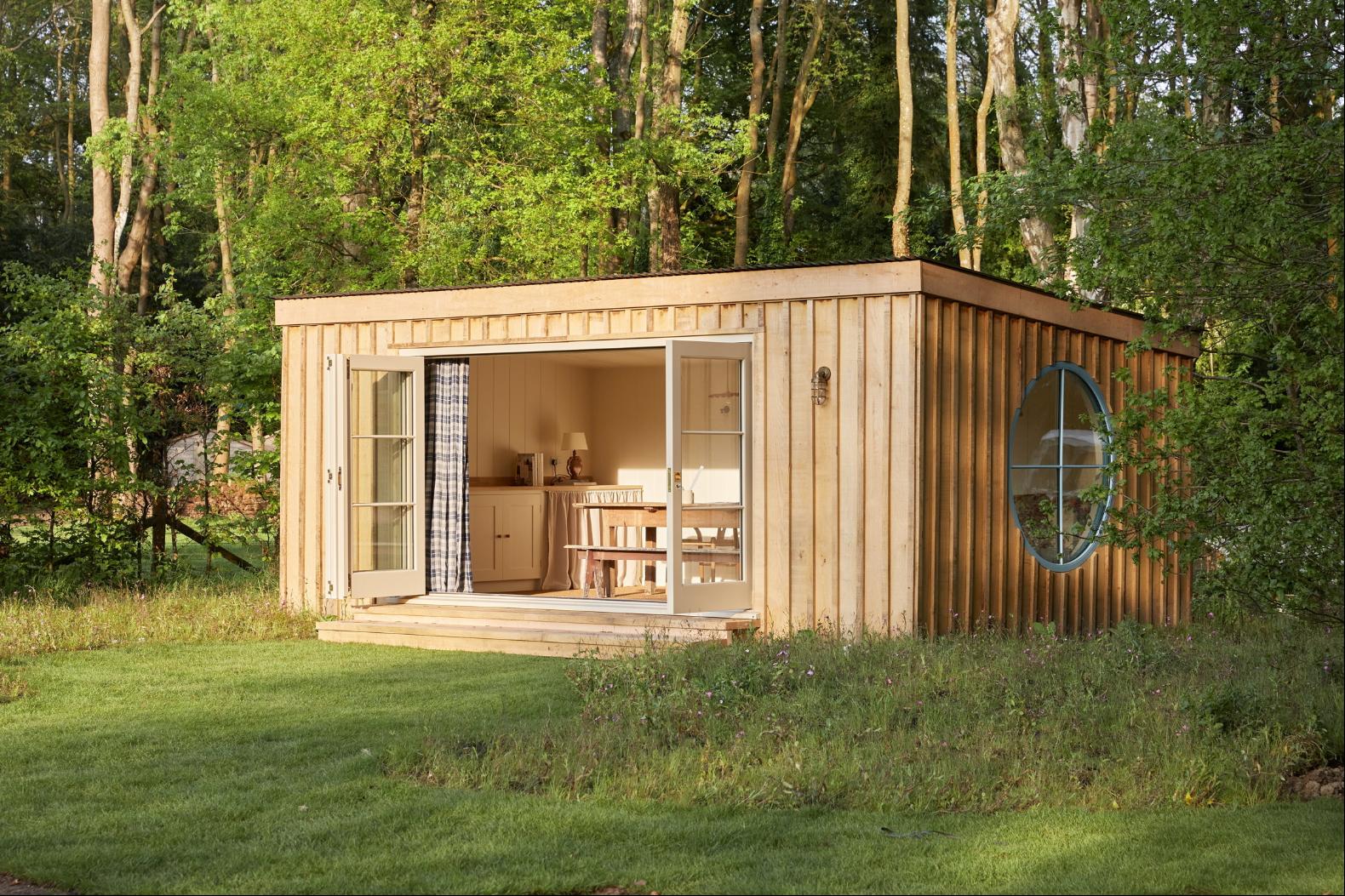
Planning permission and utilities aren’t the most exciting part of the process, but they’re essential. Many outbuildings don’t require consent since they fall under permitted development rights, but larger ones, those with plumbing and those intended for sleeping might need approval. It’s also important to check with your local planning office if your property is listed, in a conservation area, national park or area of outstanding natural beauty.
Consider the purpose
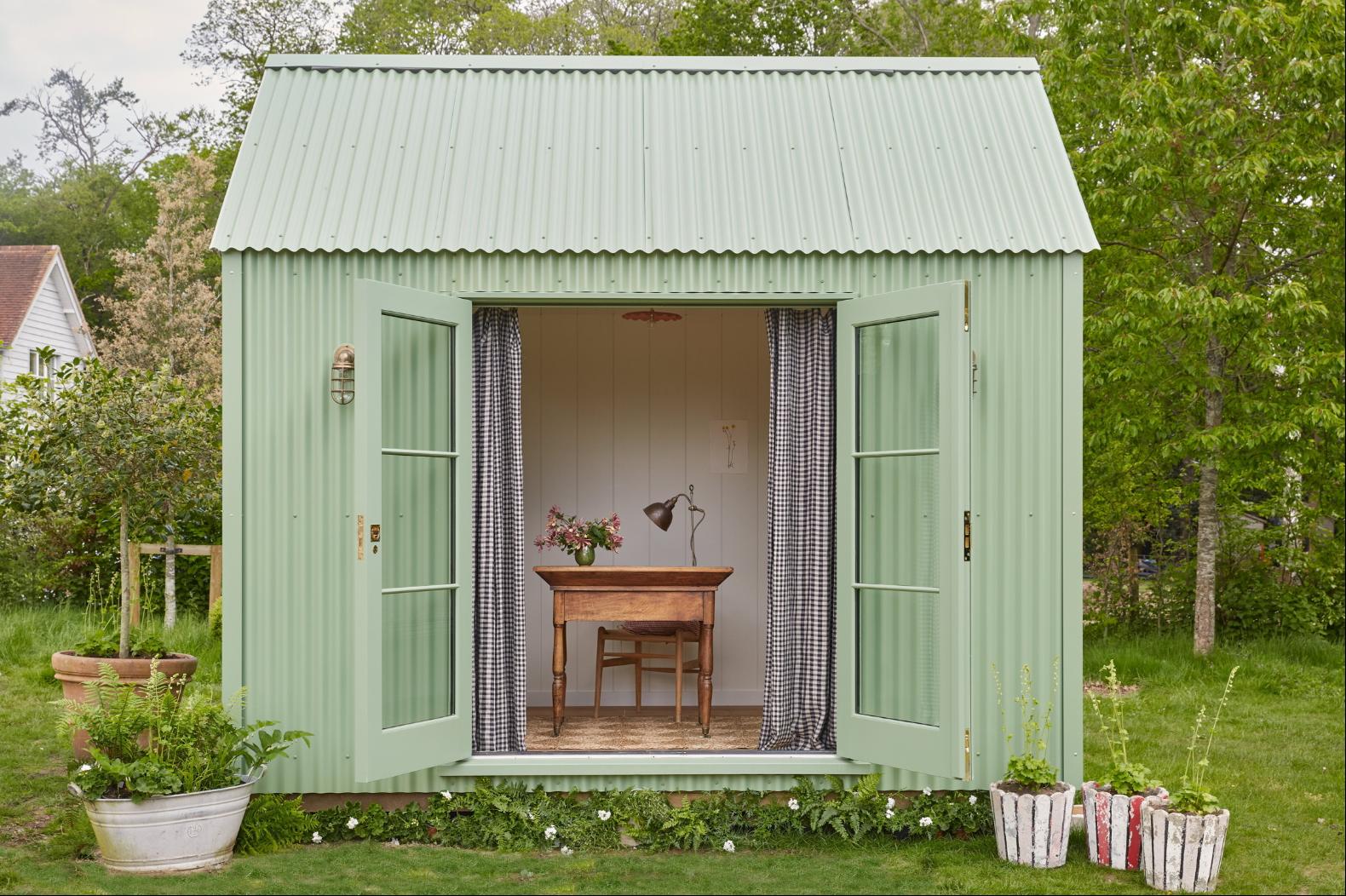
Take time to think about how you’ll use the additional space. Will it be a quiet office for working from home, an inspiring art studio, an entertaining space or maybe somewhere for guests to stay? With clever design, it could even be multifunctional — workspace by day, cosy snug by night.
Location is key
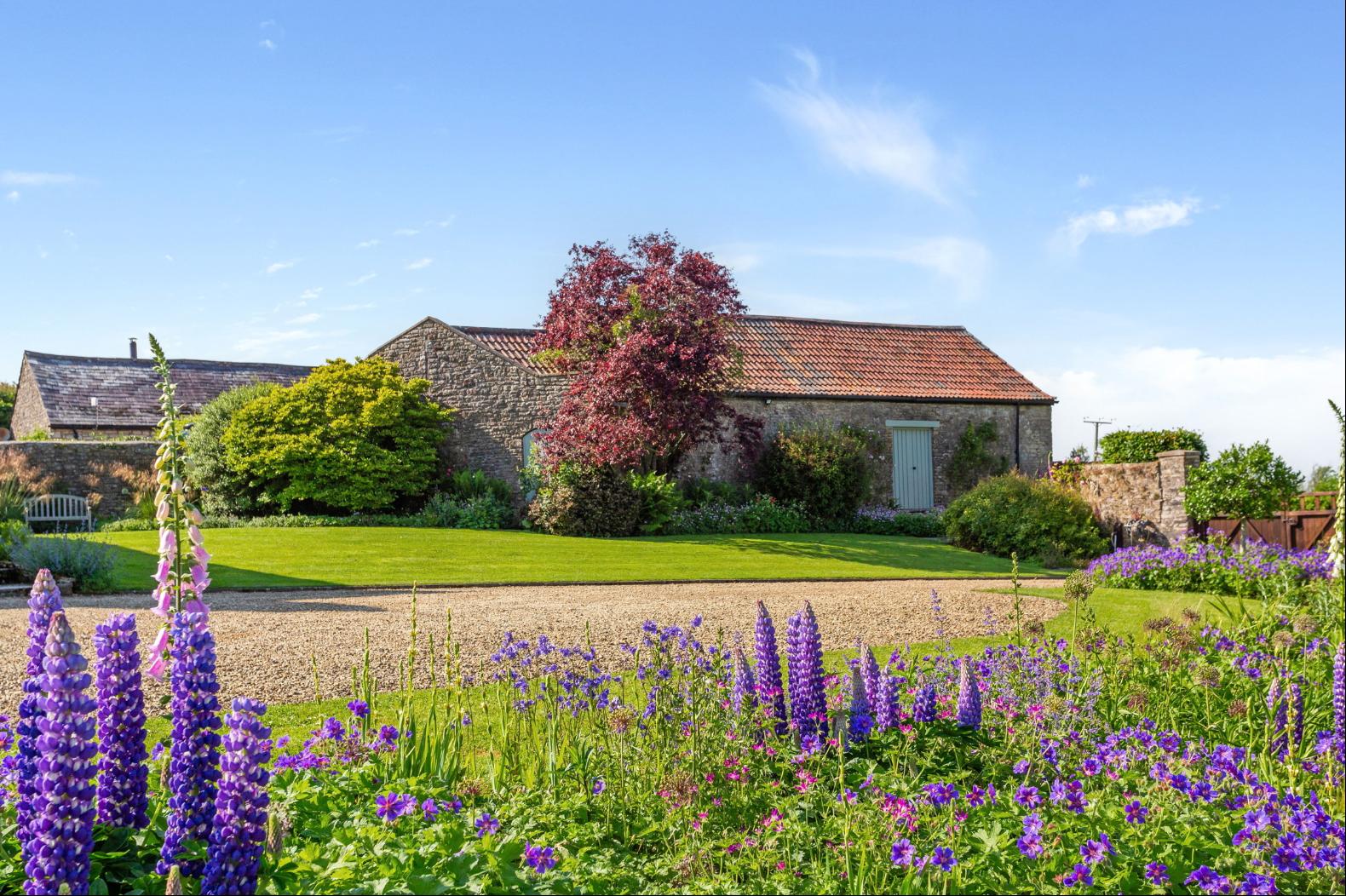
It's crucial to choose the right site for an outbuilding, which should blend naturally with the garden and feel like it’s always been there. For smaller gardens, tucking it into a corner can help it feel less dominant, while in larger properties such as Greendown House placing the building near the boundary or nestled among the trees will create a sense of harmony with the surroundings.
Think about how it will sit within relation to the house — you want it close enough for convenience but far enough away to feel like a true escape. Windows should be positioned to capture natural light while avoiding excessive glare or heat in the summer. A simple path can make it easy to use, even in winter.
Think about utilities
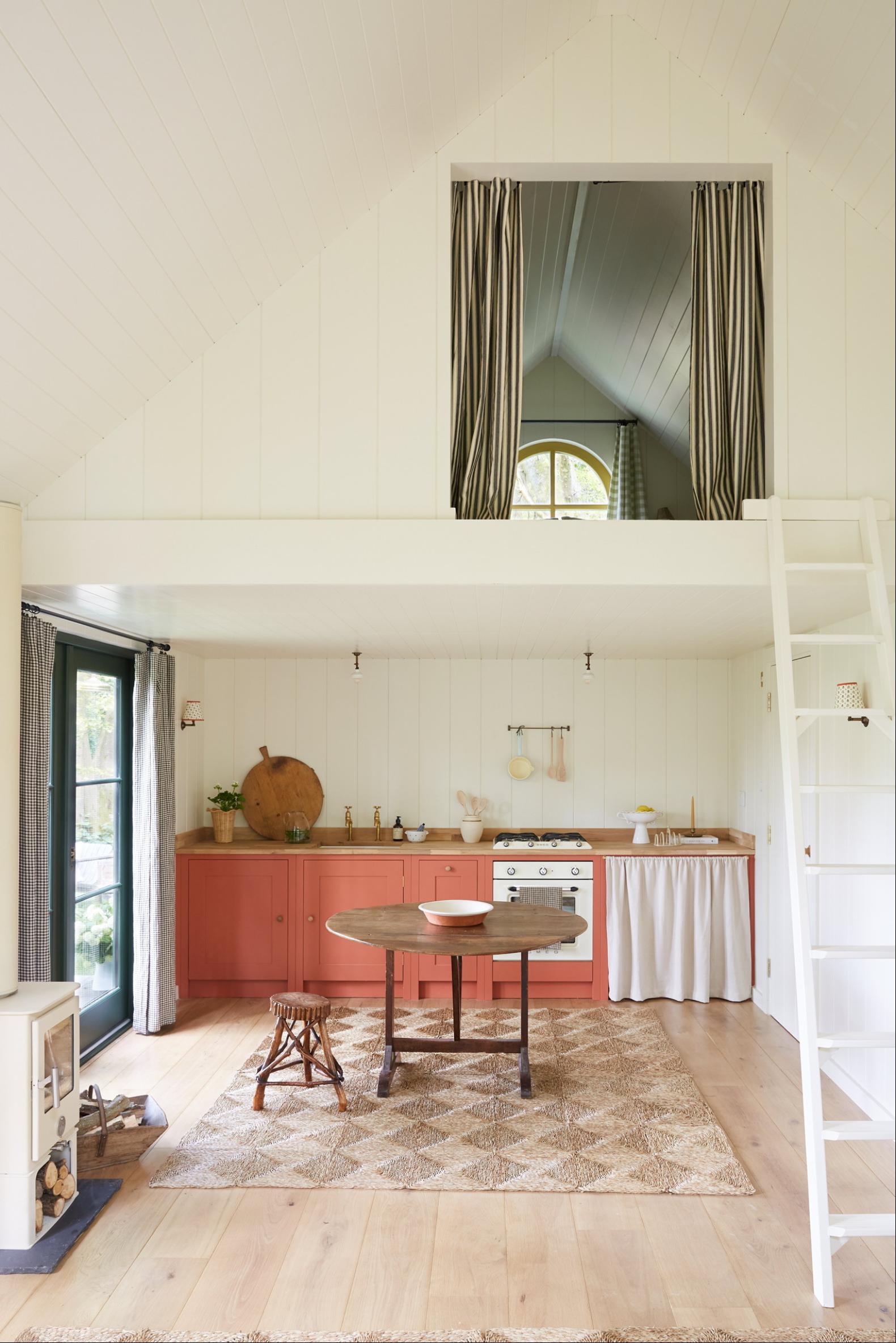
Electricity is usually essential — whether for lighting, heating or reliable WiFi. Plumbing for a bathroom or kitchenette is often possible, and off-grid solutions such as composting toilets and solar panels are great eco-friendly options to explore.
Keep it in tune with the house
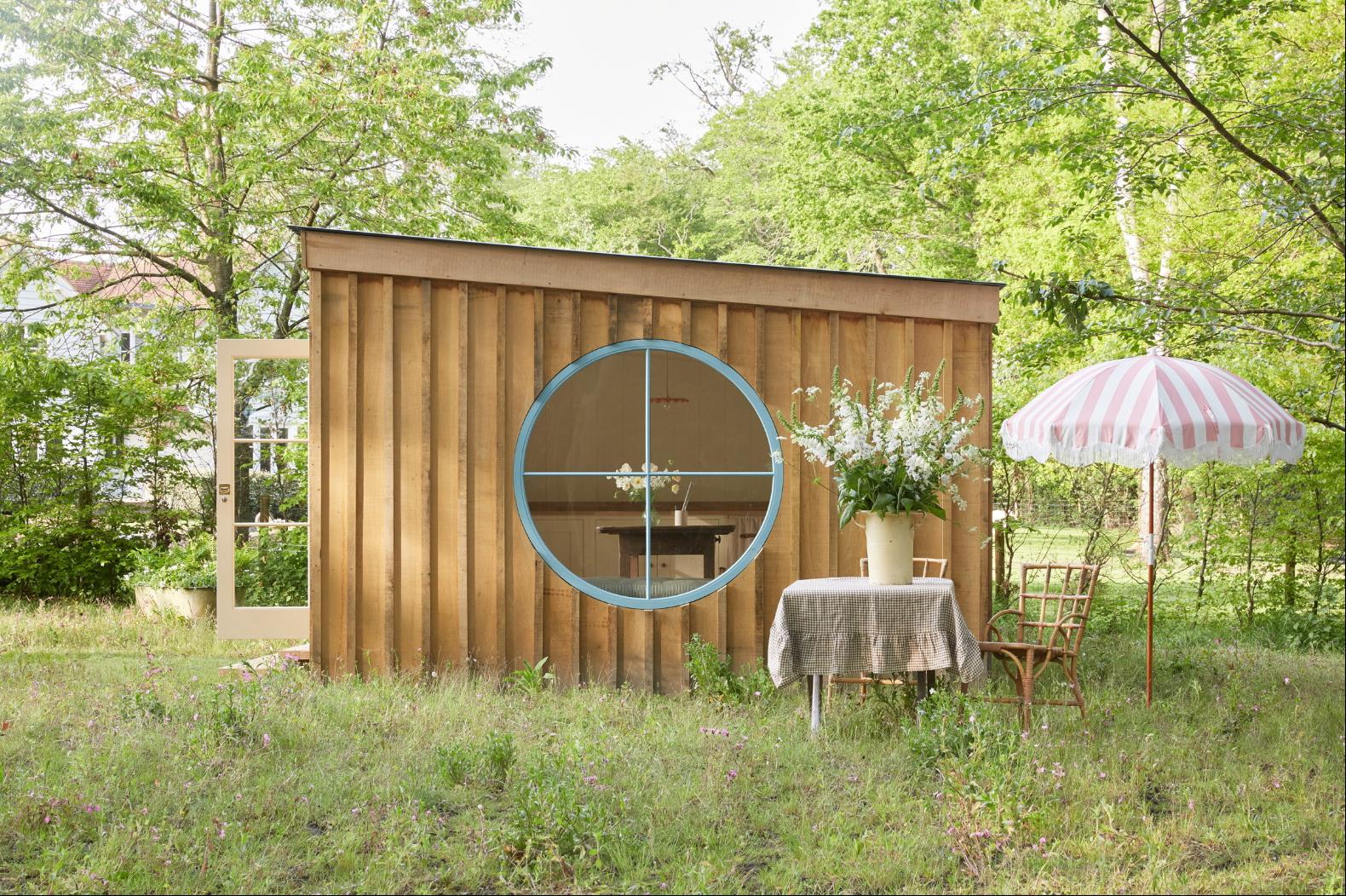
Your outbuilding doesn’t need to match your home exactly, but it should feel like it belongs. Think about colours, materials and architectural details that connect the two. Soft, muted tones or timber cladding can create a timeless look that works beautifully in almost any setting.
At Greendown House, adding features such as French doors or a circular window would flood the space with light and tie it into the surrounding garden. A few climbers or wildflowers planted around the base can make the building feel even more rooted in its environment.
Comfort all year round
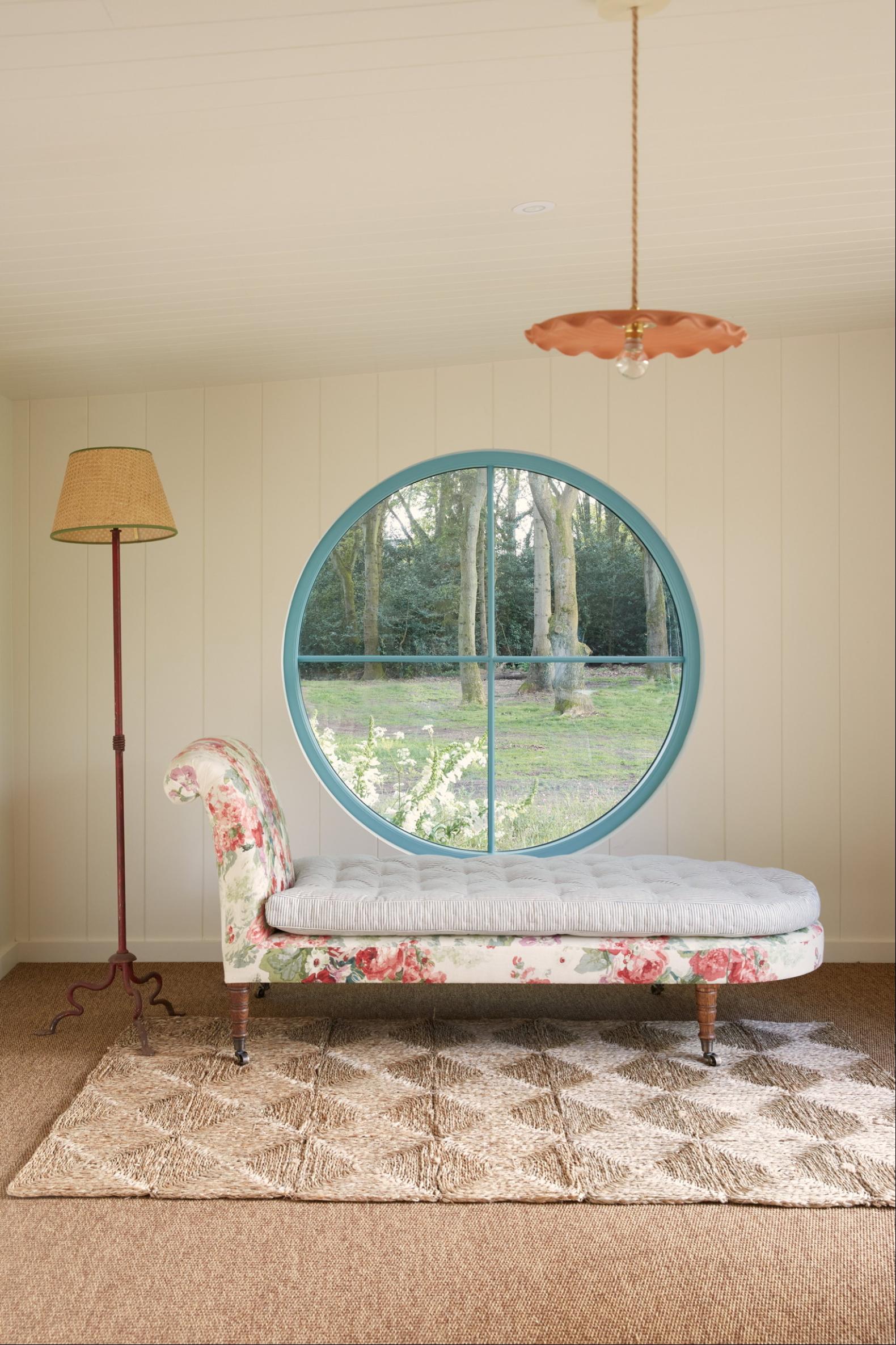
An outbuilding should be a space you love spending time in, no matter the season. Insulation is a must — it keeps the heat in during winter and the space cool in summer. To make things cosy, introduce some form of heating. Layered lighting and a comfy chair will take things to the next level, creating the perfect year-round retreat.
Koo Akers is founder of Bonni Outbuildings
Photography: Lesley Lau; Savills





